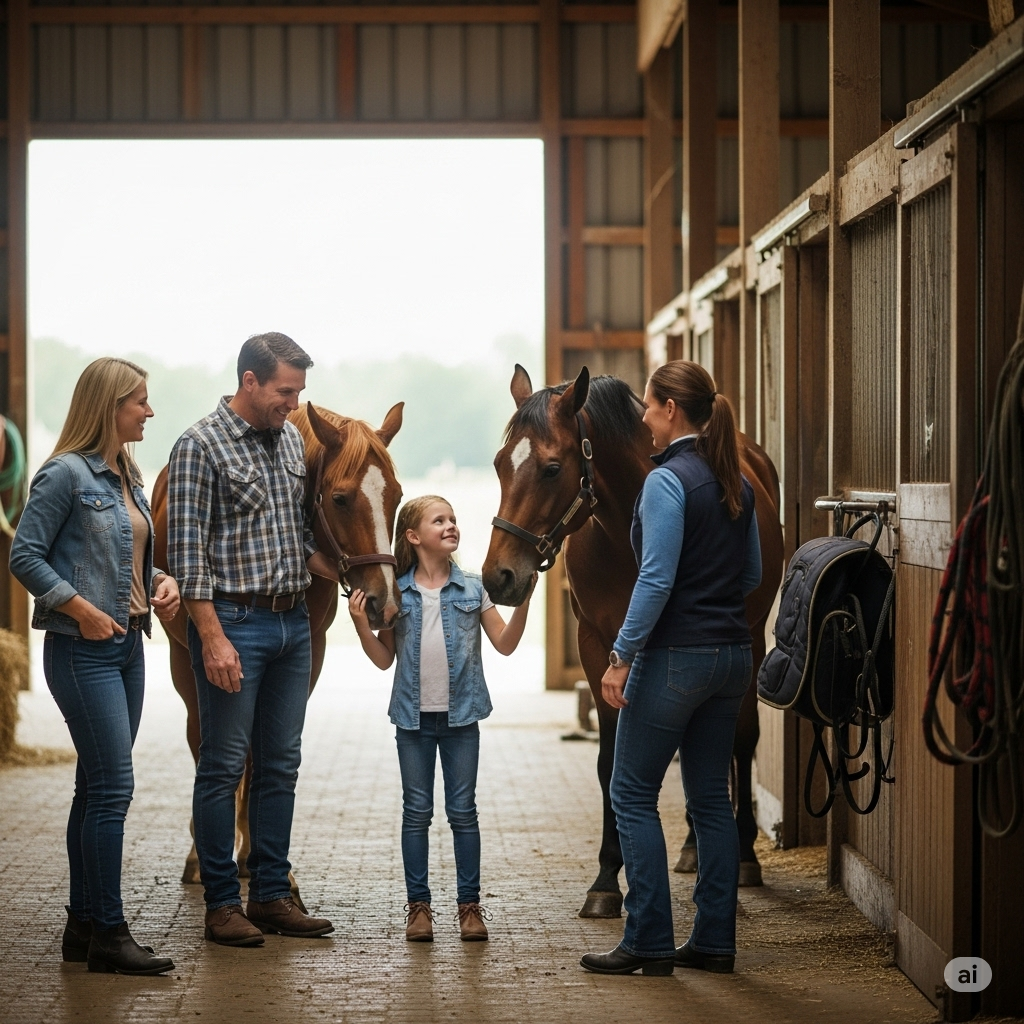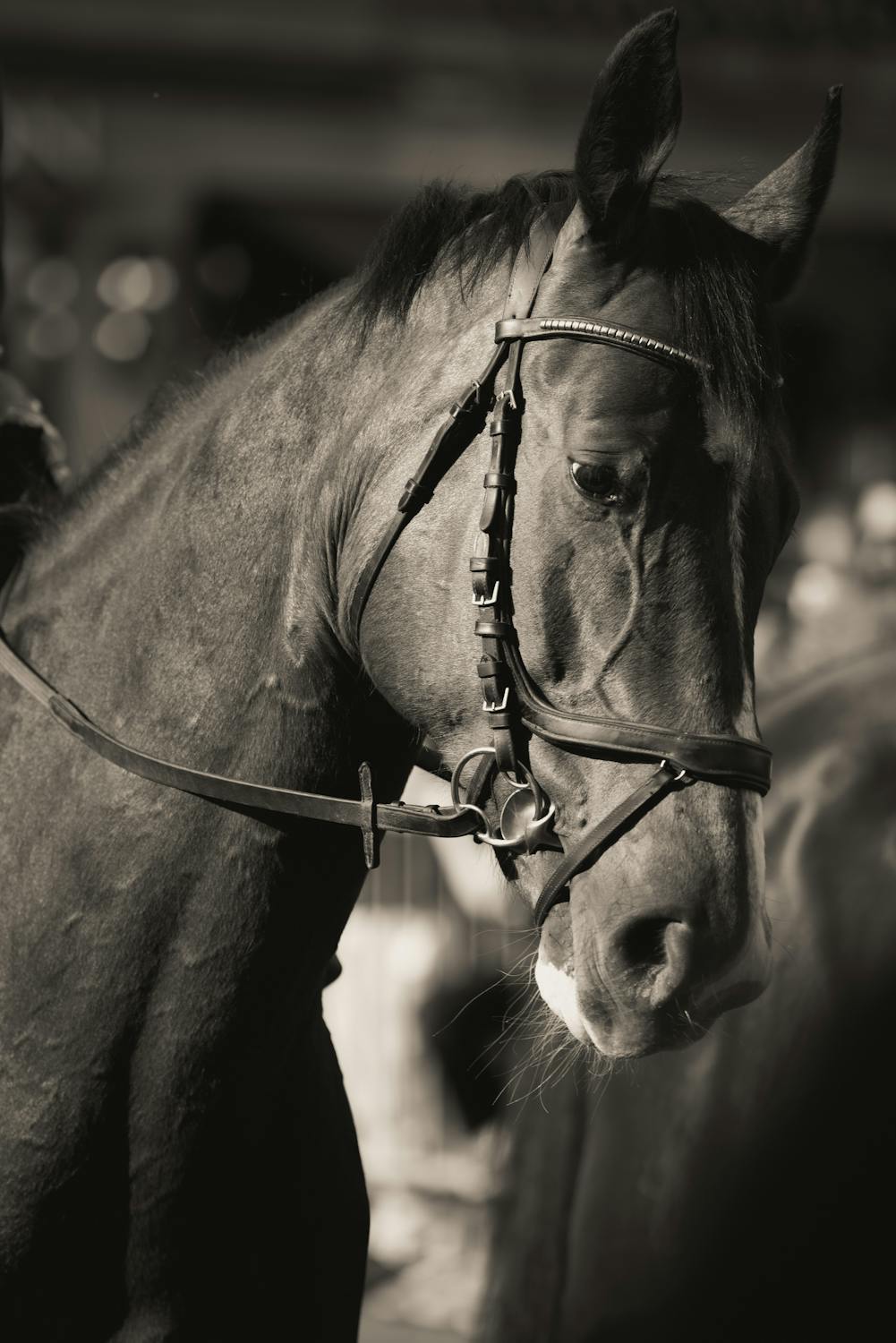Healing in the Hoofbeats
The Power of Equine Therapy
When most people think about horses, they think of adventure, competition, or maybe the simple joy of a trail ride. But horses offer something even deeper — a unique kind of healing that words alone often can't reach. Welcome to the world of equine therapy.
What Is Equine Therapy?
Equine therapy, also known as equine-assisted therapy (EAT), uses interactions with horses to promote emotional growth, mental health, and physical healing. Unlike traditional therapy settings, where conversations are face-to-face and often abstract, equine therapy brings individuals into a dynamic, real-world relationship with a horse — a relationship that demands patience, trust, and genuine communication.
Therapy sessions can range from grooming and groundwork to guided riding activities, each carefully designed to meet the specific needs of the participant.
Why Horses?
Horses are incredibly sensitive to human emotions. They respond to body language, tone of voice, and even subtle shifts in energy. In this way, horses act as living mirrors, reflecting the participant's inner world without judgment. Their honest feedback helps individuals recognize emotional patterns, develop greater self-awareness, and learn healthier ways to communicate and connect.
Unlike humans, horses don't care about labels, diagnoses, or appearances. They respond only to authenticity — creating a safe, unbiased space for healing to begin.
Who Can Benefit from Equine Therapy?
Equine therapy has been life-changing for people facing a wide range of challenges, including:
-
Anxiety, depression, and PTSD
-
Autism spectrum disorders
-
Behavioral and emotional struggles in children and teens
-
Grief and trauma recovery
-
Substance abuse recovery
-
Veterans and first responders managing mental health challenges
But you don’t have to have a clinical diagnosis to benefit. Anyone seeking greater emotional balance, confidence, or personal growth can experience profound change through work with horses.
A Typical Equine Therapy Session
A session might begin with simple grooming — brushing a horse’s coat, cleaning hooves, or leading them around the arena. These activities may seem simple, but they demand presence, patience, and mutual respect.
Other sessions might involve obstacle courses, where participants work with the horse to overcome challenges — mirroring the hurdles they face in daily life. Through these activities, individuals practice setting boundaries, trusting themselves, handling frustration, and celebrating small victories.
And sometimes, the most powerful moments happen in silence — simply standing next to a horse, feeling the strength and gentleness in their presence.
The Science Behind the Healing
Research backs what many riders and therapists have long known: working with horses can reduce cortisol (stress hormone) levels, lower blood pressure, and improve mood.
Studies have shown that equine therapy can significantly improve symptoms of PTSD, depression, and anxiety — often when traditional therapies alone have fallen short.
The physical act of riding can also improve coordination, balance, muscle tone, and motor skills, offering benefits that stretch far beyond the emotional realm.
Finding Equine Therapy Near You
If you or someone you love could benefit from equine therapy, the first step is finding a reputable program. Look for centers that:
-
Employ certified equine therapists or licensed mental health professionals.
-
Maintain high standards for horse welfare.
-
Customize sessions to individual needs rather than using a one-size-fits-all approach.
At ManeAndRein, we’re building connections with trusted equine therapy centers across the Midwest — because we believe healing and horses belong together.
Final Thoughts
In a fast-paced world full of noise, horses invite us to slow down, tune in, and remember what it means to connect — not just with another creature, but with ourselves.
In the quiet companionship of a horse, healing isn’t forced. It simply happens, hoofbeat by hoofbeat.




